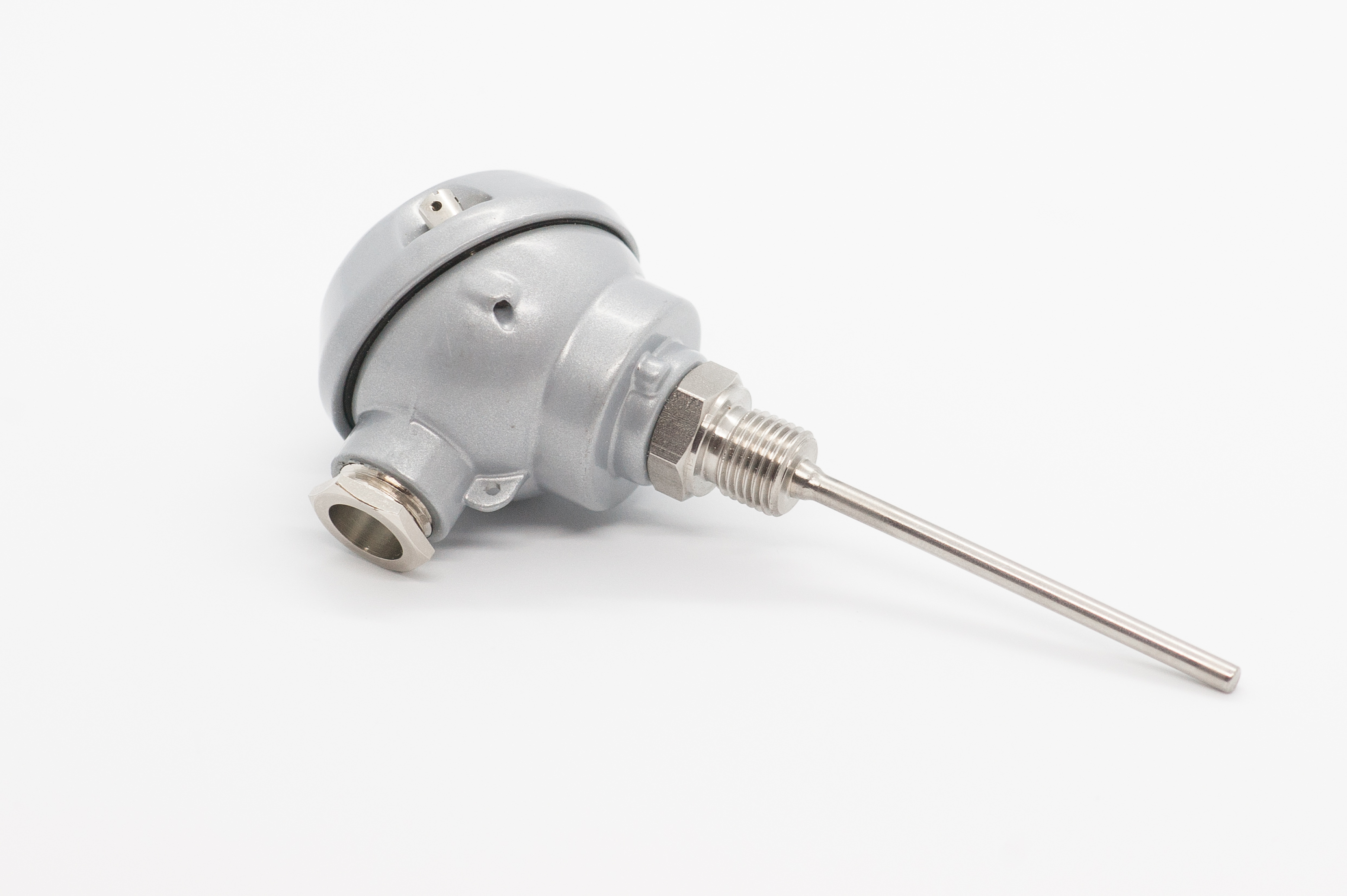1300 737 976
Call us
Live Chat
Call us

Your first steps to select the correct thermocouple for you is to choose the application where the thermocouple will be used, research the temperature ranges the thermocouple will be exposed to, consider any chemical resistance needed for the thermocouple or sheath material, assess the need for abrasion and vibration resistance. Also, any installation requirements such as the need to be compatible with existing equipment eg: existing fittings/holes may determine probe diameter.
The process is then specific to your application and requirements you need to consider the sensor type, the diameter of the probe, the length of the probe, if the sensor requires a sheath, the junction type if you require fittings, floats, or a thermowell. Also, if you require cable and what type of cable. If you require accessories.
The process is then specific to your application and requirements you need to consider the sensor type, the diameter of the probe, the length of the probe if the sensor requires a sheath, do you require a terminal head and/or transmitter. Which junction type, if you require fittings, floats, or a thermowell. Also, if you require cable and what type of cable. If you require accessories.
The following details are a brief introduction to the types and uses of thermocouples.
There are numerous styles of sensors to choose from below we have attached a few Data sheets to show some of the variety.
THERMOWELL SSF DATA SHEET 2014
You will have to know what kind of junction you require for your application, there are three versions.
1-A Grounded Junction Thermocouples: at the tip of a grounded junction probe, the thermocouple wires are physically attached to the inside of the probe wall. This results in good heat transfer from the outside, through the probe wall to the thermocouple junction. This means that grounded thermocouples will have faster response times than ungrounded thermocouples. The grounded junction is recommended for the measurement of static or flowing corrosive gas and liquid temperatures and for high-pressure applications. The junction of a grounded thermocouple is welded to the protective sheath giving a faster response than the ungrounded junction type. However, grounded thermocouples are highly susceptible to noise-induced by ground loops, resulting in less accurate readings.
2- Ungrounded Junction Thermocouples: In an ungrounded probe, the thermocouple junction is detached from the probe wall. Response time is slower than the grounded style. On the other hand, the junction is electrically isolated from the sheath, which prevents electrical noise from interfering with the signal. This yields much greater temperature measurement accuracy, especially with very low-level signals. An ungrounded junction is recommended for measurements in corrosive environments where it is desirable to have the thermocouple electronically isolated from and shielded by the sheath. The welded wire thermocouple is physically insulated from the thermocouple sheath by MgO powder (soft).
3- Exposed Junction Thermocouples: The thermocouple in the exposed junction style protrudes out of the tip of the sheath and is exposed to the surrounding environment. This type offers the best response time but is limited in use to noncorrosive and non-pressurised applications. An exposed junction is recommended for the measurement of static or flowing non-corrosive gas temperatures where a fast response time is required. The junction extends beyond the protective metallic sheath to give an accurate fast response. The sheath insulation is sealed where the junction extends to prevent penetration of moisture or gas which could cause errors. The choice of the hot junction will be dependent upon the response of the thermocouple, contamination hazards, physical restraints, and electrical earthing considerations.
When you are designing the sensor, you need to know if you require external indicator units such as RKC controllers, or handheld displays.
Pyrosales has extensive knowledge and experience in temperature management and process control. We provide advice, design, repair, and fabrication to our clients on a wide range of industries, uses, and capabilities of temperature management.
Copyright © 2022 Created by Pepper Digital
Disclaimer – Images for illustrative purposes only and may not be representative of the actual resolution of the camera shown.